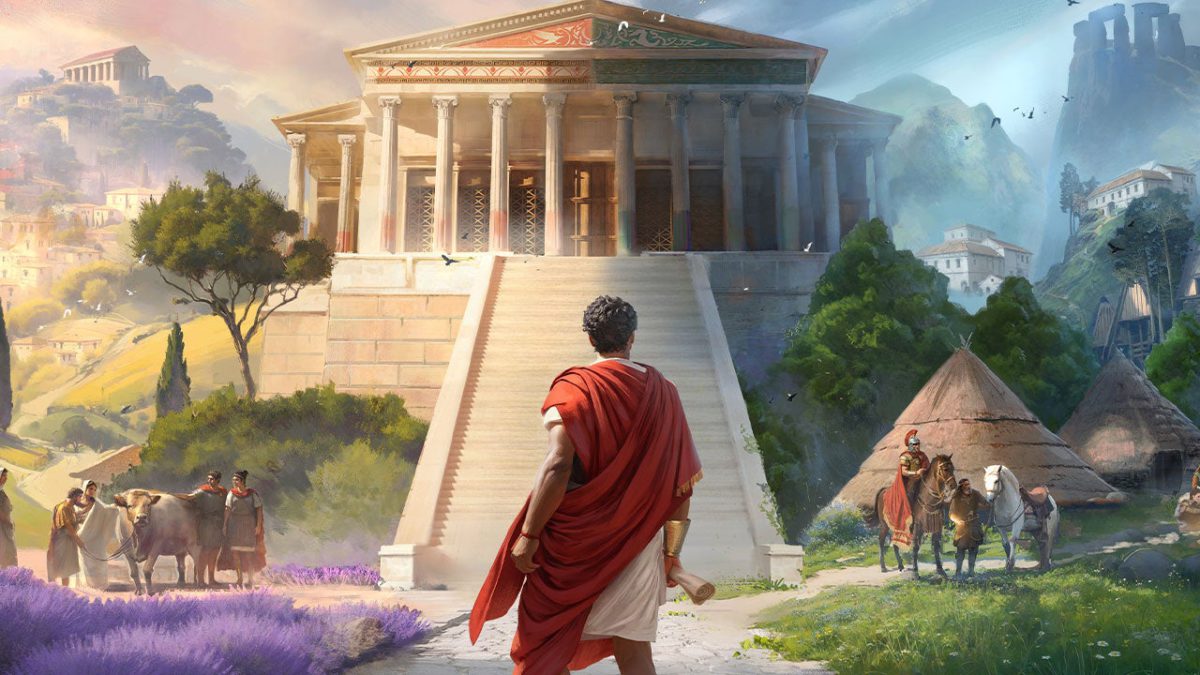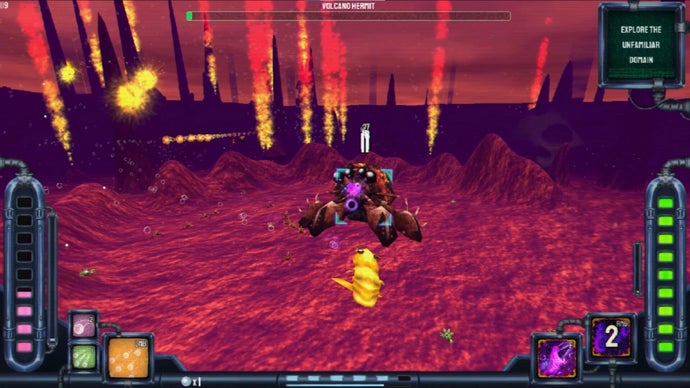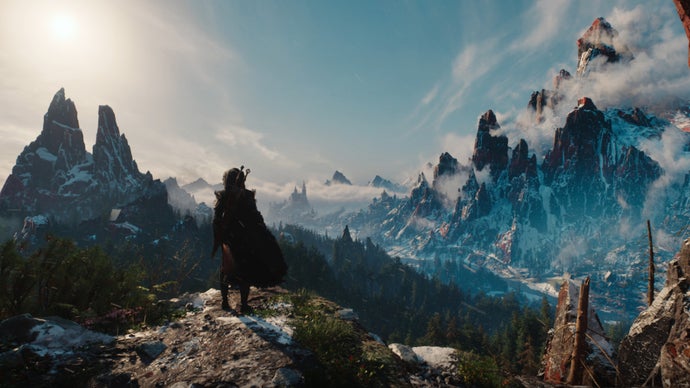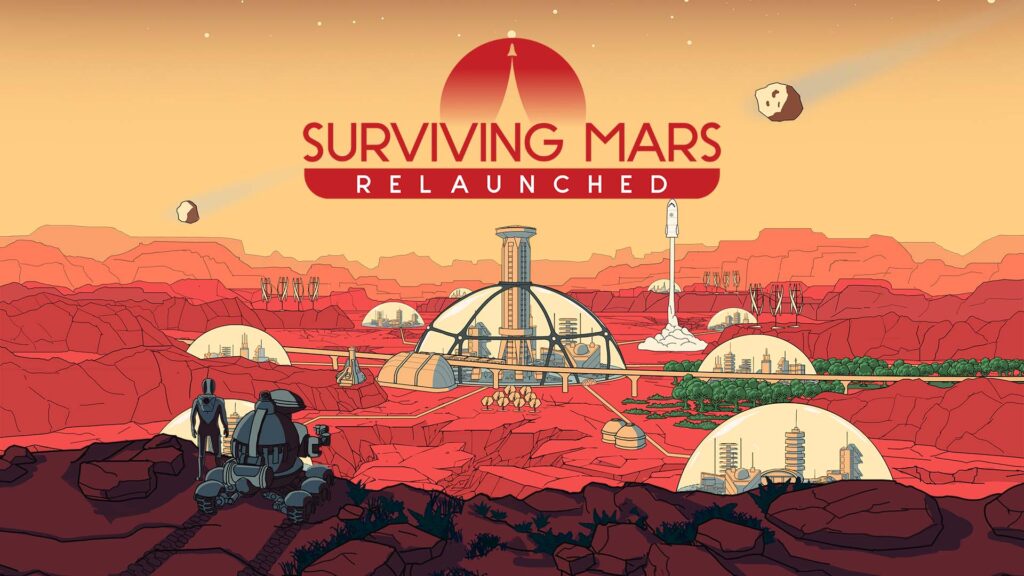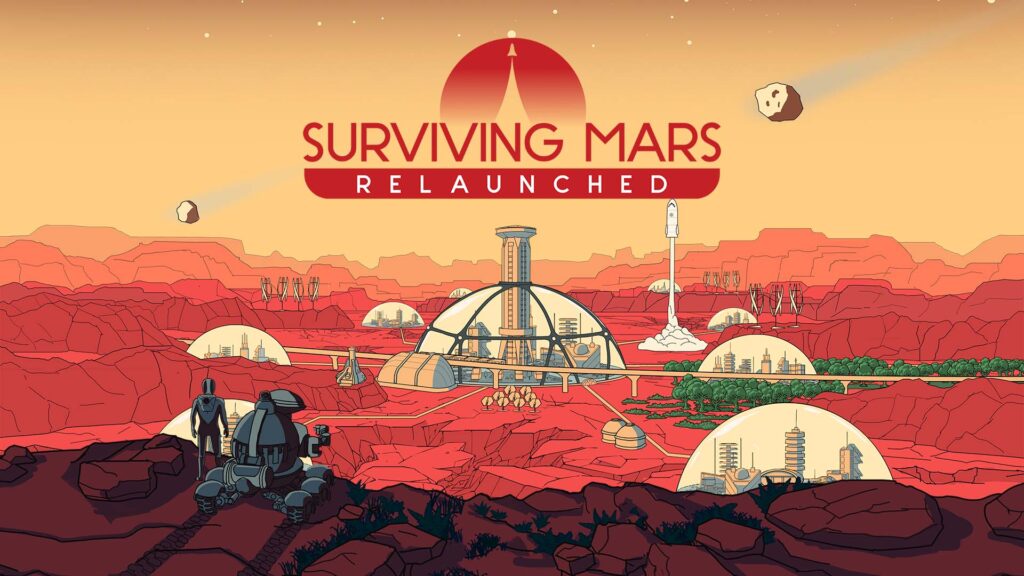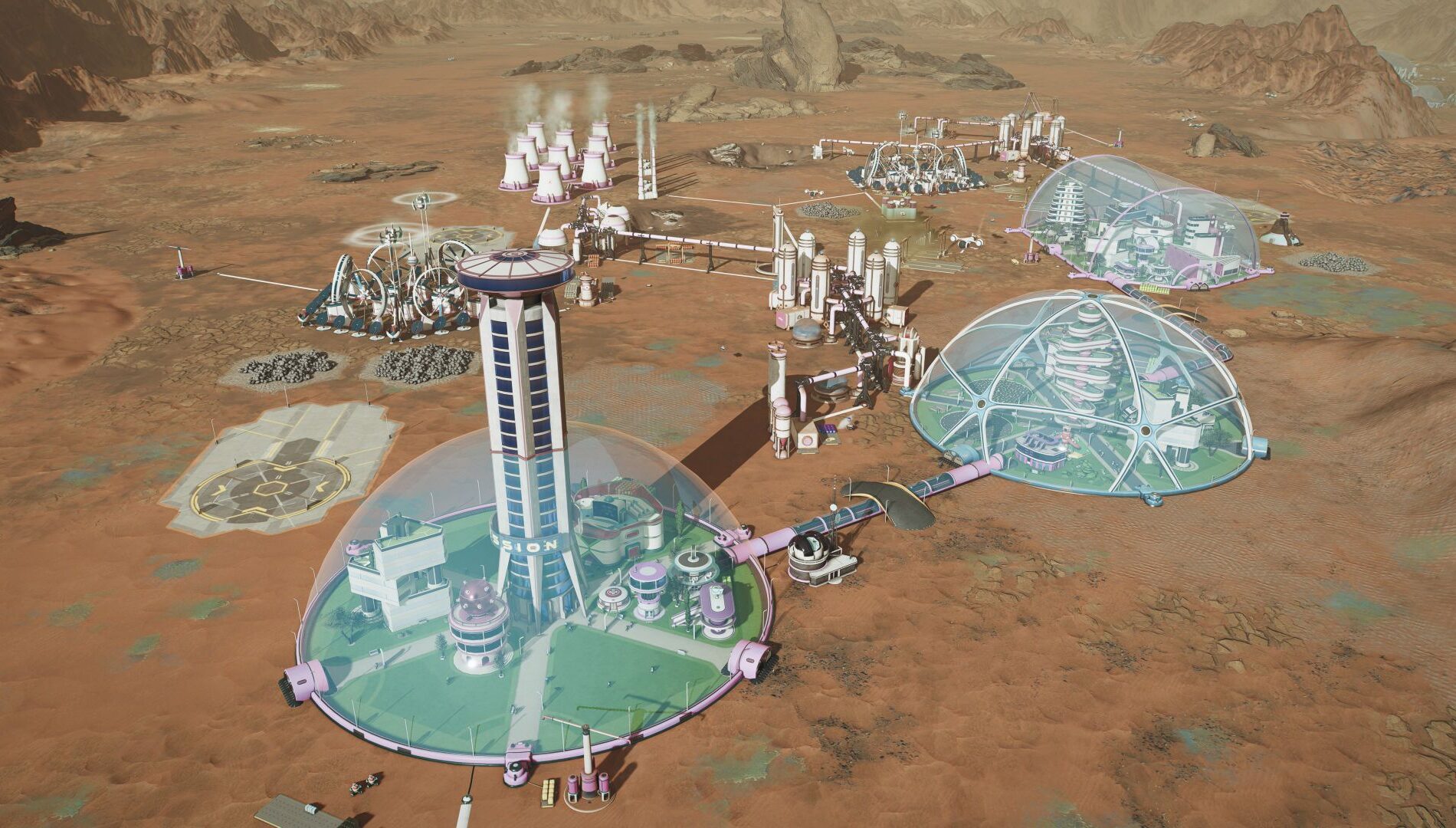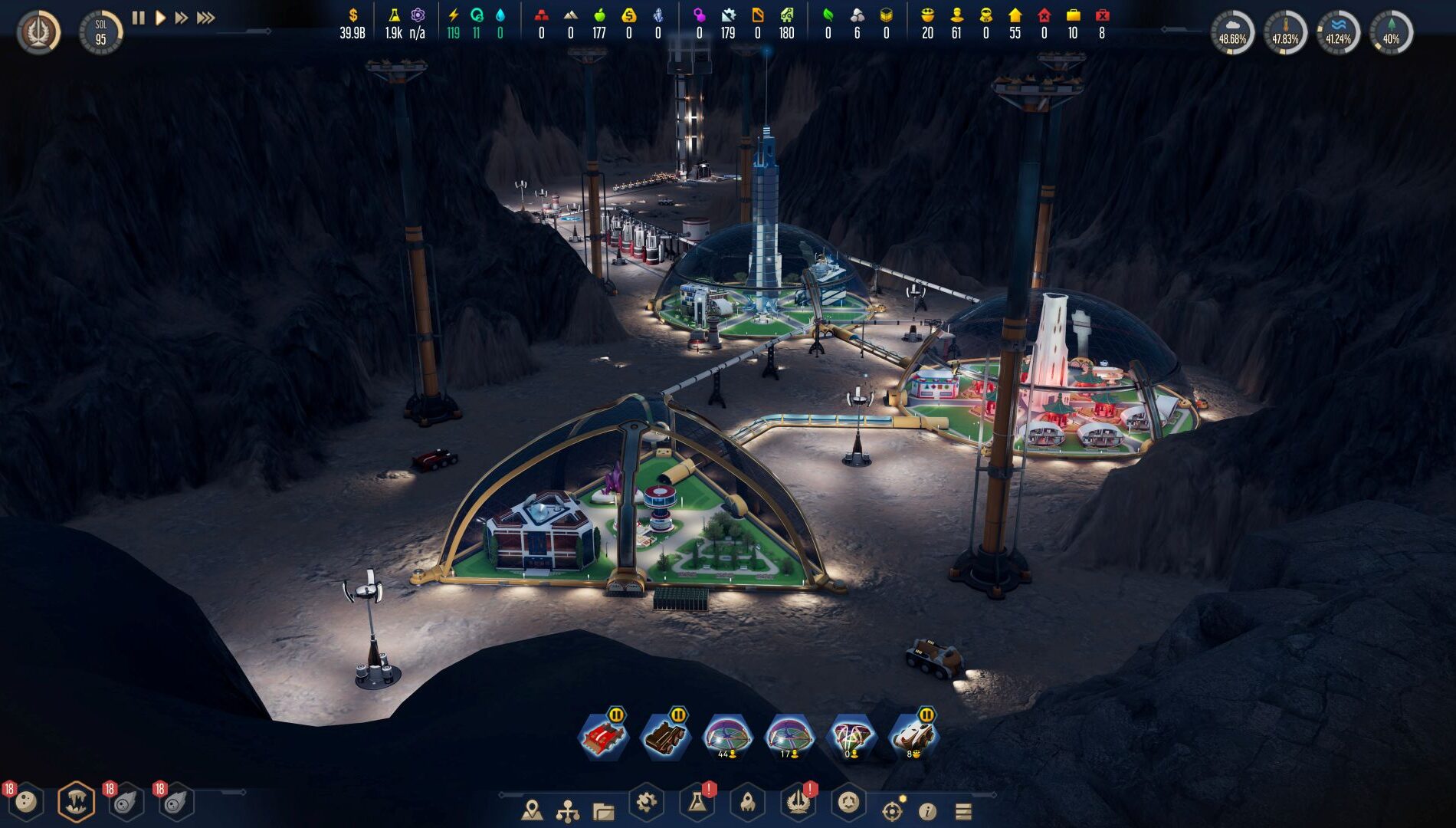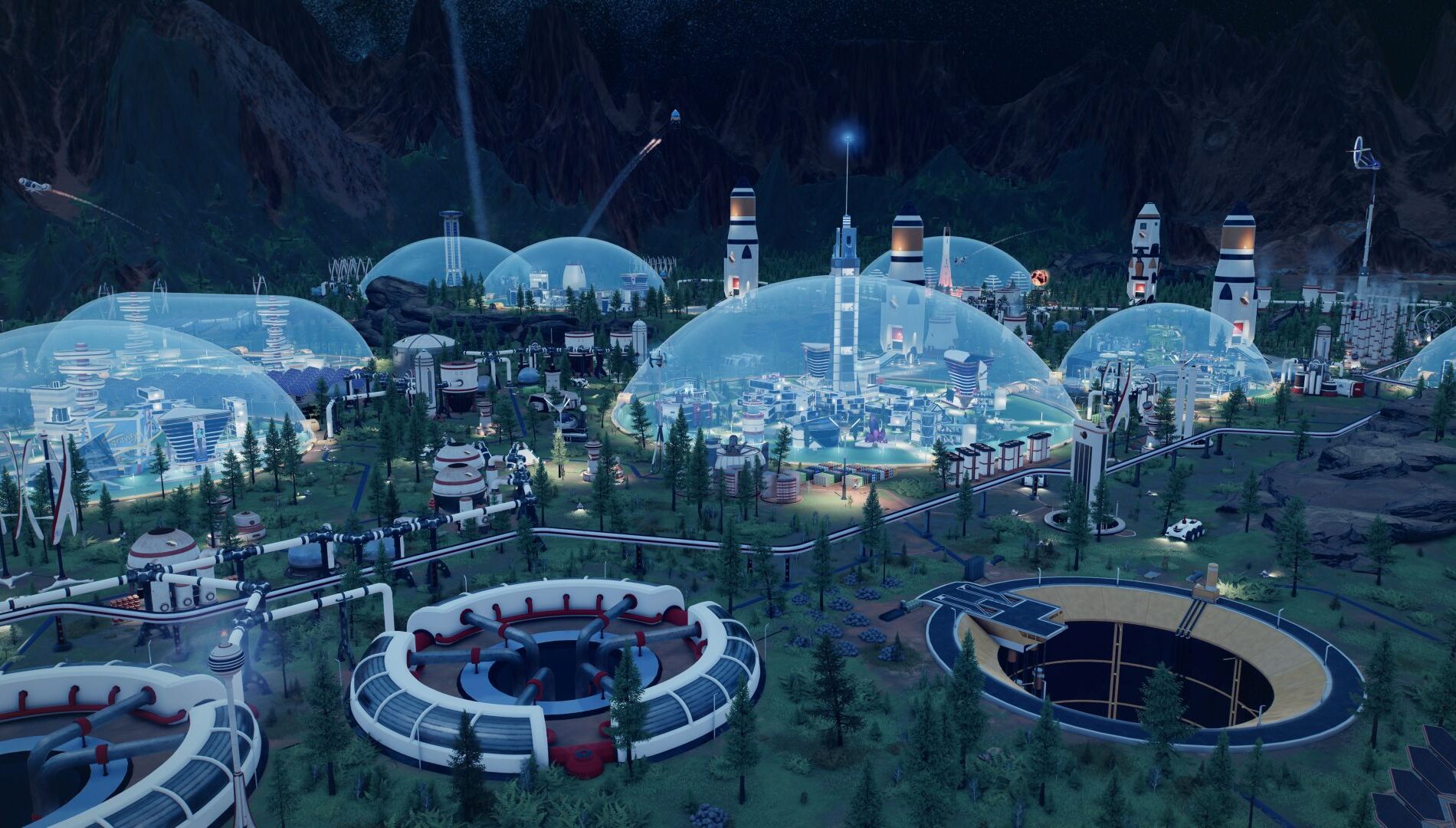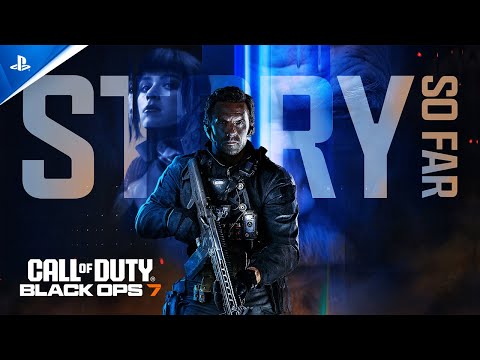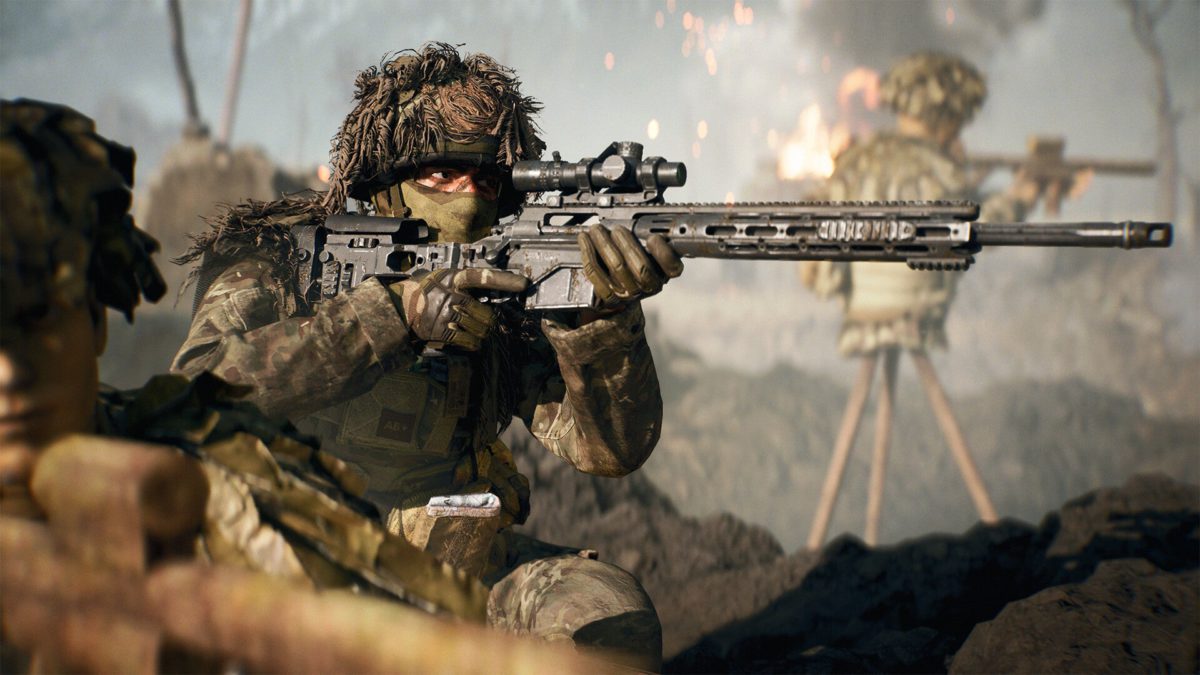
Incredibly, almost unfathomably, the humble original PlayStation, our little grey slab of joy, is turning 30. It’s got grey hairs, now old enough to have a couple of kids, a few different careers, a car in the garage. You could say it’s accomplished all those things in different ways.
Aussies: Win a PlayStation®5 Pro Console – 30th Anniversary Limited Edition Bundle!
In the before-times, many previous and current IGN AU staff cut their teeth at the Official PlayStation 2 Magazine (Narayan Pattison, Tristan Ogilvie, Luke Reilly, Patch Kolan, and Adam Mathew among them), so it’s an understatement to say that the brand, hardware, games and experiences were formative for us and extremely close to our hearts.
The Little Grey Box That Could
When the original PlayStation launched in Australia, stock was extremely limited and the thing cost $AUD699 (or about $1300 in today’s money) if you could manage to get your hands on it. If you did, you could play nearly a nearly perfect port of Namco’s superb Ridge Racer, try some 3D fighting (a novelty!) in Battle Arena Toshinden, a bit of 3D platforming (woah!) in Jumping Flash!, and 2D sidescrolling platforming in Rayman. The games were perhaps a tad “safe” at the time, but it hinted at big things coming – and within a year, the PlayStation had cemented itself in the Australian gaming landscape.
I picked up my PS1 from a Cash Converters in 1999, then immediately bought Metal Gear Solid and Final Fantasy VII. From there, I delived into a catalogue of JRPGs, racing simulators (yeah, that series), scrolling shooters and impenetrable dating games as my N64 quietly looked on, judging me from the shelf. I’m fairly certain I did not see daylight for about two years – and I knew I wanted to do this stuff as a career.
“In the late ’90s, PlayStation was the only console my family had, but that was okay: PlayStation was the only place with all the games I wanted to play – Metal Gear Solid, Gran Turismo, Tony Hawk’s Pro Skater, Driver, Colin McRae Rally, Medal of Honor, Crash Bandicoot, Shane Warne Cricket ’99. You name it.
“It was also the only place with a simply unbeatable supply of plug-and-play demos.
“My prevailing memory of PlayStation is demos. I inhaled them throughout the late ’90s and 2000s on PS1 and PS2. I played every one, some of them dozens and dozens of times. I bought my first copy of Official PlayStation Magazine – Australia back in 1999 for the Metal Gear Solid demo. I did so with no idea that the magazine that MGS disc was glued to would ultimately change the trajectory of my life, but within 10 years I was the editor.
“This is peak PlayStation for me. No other console or era of games can match the joy I gleaned from my PS1 and PS2, and the people I was playing them with. I would go back in a second.”
– Luke Reilly
By that point, it was also clear that Sony had a stranglehold over the entire industry – delivering a suite of the finest games month after month that neither Nintendo or SEGA could match for sheer volume. It brought gaming out of the niche basements of the stereotypical gamer and put it smack-bang on the covers of cool magazines. It changed everything.
By 2000, the world was getting swept up into the hype machine around the forthcoming PlayStation 2 – a monolithic black slab emblazoned with a twist of striking blue P-S-2 lettering. It looked sleek. It looked powerful. In a Kubrickian way, it whispered, “I am a mysterious and untouchable creation that will change the world”. In a very real sense, it did.
The PlayStation 2 Arrives
With launch games like Ridge Racer V and Tekken Tag Tournament, it brought the PlayStation brand out of infancy and into the big leagues. Sony’s much-vaunted “Emotion Engine” promised state-of-the-art graphical fidelity, showcased in real-time tech demos that exceeded prerendered cutscenes on the PS1.
It was a breakthrough. Everyone wanted it – a DVD player! A gaming console! In one! And at the time, it was shockingly affordable for a device that could offer both. It propelled DVD sales, gave additional breathing room for developers moving towards larger games (and files). The controller even had analogue face buttons! Can you dig it, baby? The Japanese launch was an overwhelming success, propelling international hype for the PS2 into the stratosphere.
IGN AU started up in 2006 – exactly 10 years after the debut of the PS1 (or PSX as everyone had taken to calling it). In those days, the PS3 had only just debuted in Japan to rapturouos response, thanks to the disruptive adoption of Blu-ray players (going head-to-head against HD DVD, then cutting off HD DVD’s head to become the dominant format of the 2010s) and increasing uptake of 1080p displays. People wanted content to showcase their cool tech. Sony delivered the PS3: an all-in-one Blu-ray player, harddrive-equipped media device and, at the time, beastly gaming device.
PS3: Running Up That Hill
Sony, it must be said, made it a bit hard for itself around this time. The birth of the meme-era took on the PS3 press reveal, turning “Riiiiiiiidge Racer!”, “Giant enemy crab” and “George Foreman grill” into internet phenomenons. That seemed to start a period of iffy consumer sentiment, in part aimed at the USD$499 and USD$599 launch pricing. The Australian launch was still off in the distance, over the horizon, but gamers were braced for a sting in the wallet.
We got our first hands-on look at the PS3 as a fledgling Australian team of three fine folks: Bennett Ring, Cam Shea, and myself. Sony Australia rolled out a series of consumer and media events in which to showcase its polished ovoid tower and we walked away mostly impressed by the potential of the system. IGN’s US team were on hand to cover the year’s launch titles too. Resistance: Fall of Man was the media darling of the time and, to this day, remembered very fondly. However, it had some teething pains and needed to grow into itself.
After a few years, and a few price cuts and redesigns, the PS3 finally found momentum and delivered on its ambitions. We have the PS3 to thank for Naughty Dog’s Uncharted series – a game that, for many, came out of the mists and made the console a must-buy. By Uncharted 2, it was clear that Nathan Drake was a star for the ages, and Naughty Dog was just getting started.
Without doubt, the system’s pinnacle achievement was The Last of Us. It was a technical showcase for the ageing hardware and a cinematic and gameplay line in the sand for developers. At risk of turning this into a love letter to Naughty Dog, Sony truly understood that this studio propelled its hardware forward – and gamers responded to it.
Around this time, Sony also went on a Wii-inspired foray into motion-based gaming with the PlayStation Move controller and camera. It was successful enough to spawn a whole series of Move-enabled titles.
PlayStation Phwoar!
A whopping 12 whole years ago, the PlayStation 4 was revealed in fine fashion. Cam and Luke waxed lyrical about it in the video above. It seemed then, as it does now, a return to form for Sony’s PlayStation brand. It came out of the gates strong and player focussed. The “For the Players” campaign underscored a renewed focus on the core player experience. Wisely so, particularly with Nintendo’s Switch just around the corner and an industry that was never bigger and more flush with great games and hardware.
Still, there were new experiences to be had – and a new controller design (the first major rethink of the iconic PlayStation controller in the system’s history) was coming. Naughty Dog released another breakthrough title, The Last of Us 2. The power of the PS4 also enabled Sony to experiment with another emerging field: VR.
Oh, the PSVR headset. For the time and not unsubstantial money, PSVR offered impressive VR fidelity combined with great games and IPs that other competing hardware could only look on enviously. When juiced up with the PS4 Pro (a new mid-generation hardware refresh), it improved performance even further.
While VR may have had its moment in the sun, and it now feels like the technology is mostly hibernating until the next big thing comes along, it pointed towards more TV-free gaming experiences that have become more and more normalised.
PS5 and Beyond
Enter: The PS5. PlayStation 5 – the current generation of Sony consoles, in standard and Pro models. By 2020, digital marketplaces were standard and the TV screen was just one way of interacting with your PlayStation. The PS5 ushered in PSVR 2, a souped up version of the PSVR we know and love. Plus, it brought to the table a Switch-like (but not quite) handheld solution: The PlayStation Portal.
If you’ve noticed, we haven’t discussed Sony’s PSP (in gloriously piano black, a luxurious widescreen handheld in 2004) or the PS Vita – pseudo PS3 in your pocket. But all of those handheld experiences seem to have been teasing where Sony (and Nintendo, for that matter) are heading. Already rumours are swirling about the PlayStation 6 and oh boy do I feel old now.
So here’s to you, Sony PlayStation. You are 30 years young in Australia.
It’s a very different world and games industry today than the one that I and many others remember from the turn of the millenium. However, the PlayStation has been an island of stability, joy, and adventure throughout.
Will we all be playing our PS10s in 2055? Jacked straight into our neural cortex like a back alley goon from Neuromancer? Will TVs still exist? What about game stores? One thing is true: PlayStation fans will always adore this brand – so in a sense, the future is up to you.


